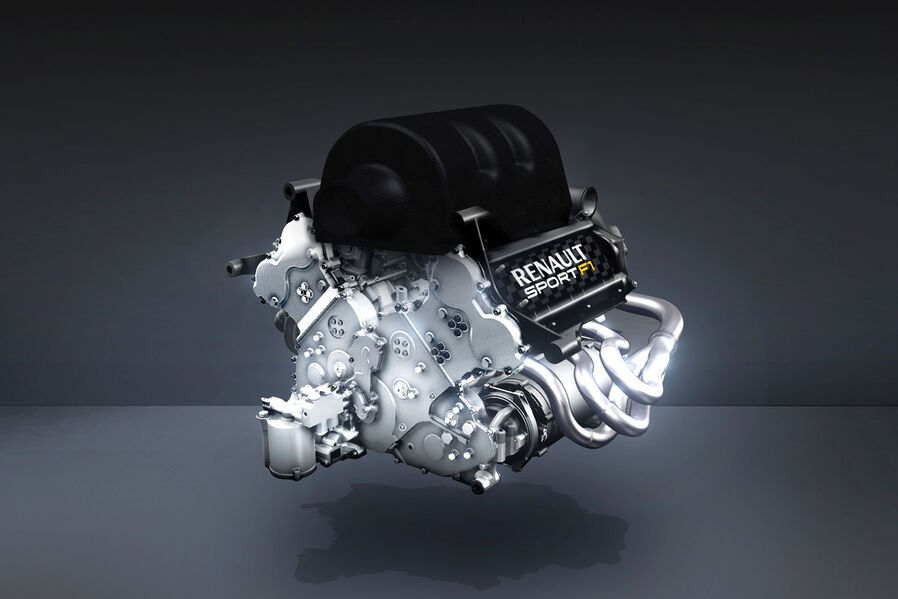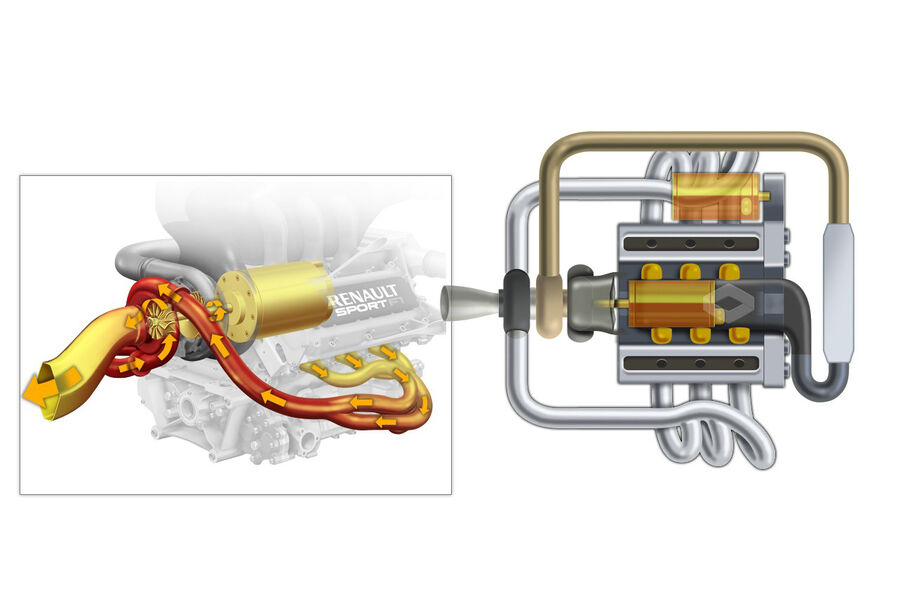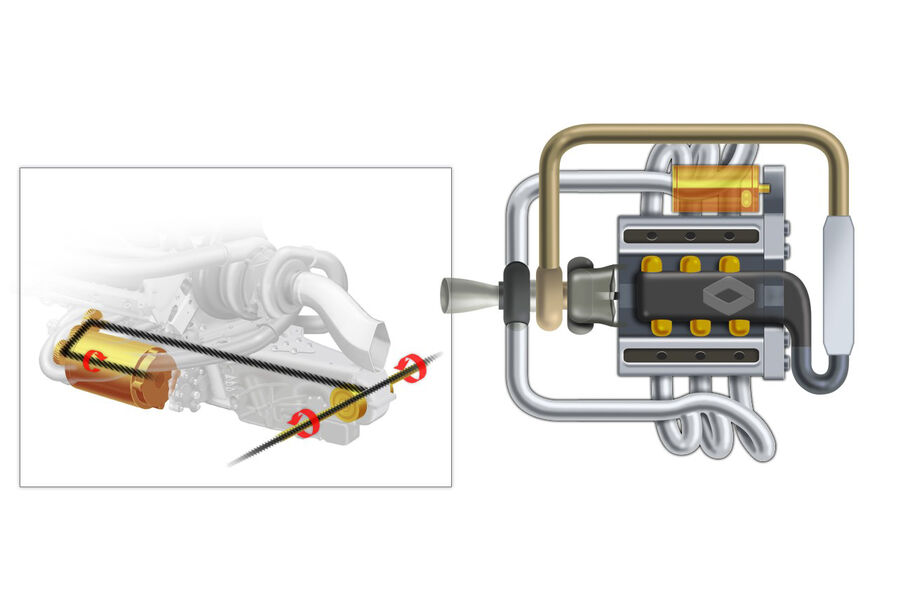There is nothing wrong with flywheel energy storage.
The FIA chose not to structure the regulations to allow its use.
- Login or Register
No account yet? Sign up
A team could easily and leaglly put a flywheel in a car. Is your point that the limitations on KERS makes a flywheel a less effective solution? If so, what limitations are causing the problem? What scenario would make a flywheel comparable, or even optimal?autogyro wrote:There is nothing wrong with flywheel energy storage.
The FIA chose not to structure the regulations to allow its use.



4MJ storage allowed in F1.djos wrote:I think you could probably fit the flywheel under the fuel tank which sits in the space between engine and driver. this would have the benefits of providing passive cooling for the flywheel and and keeping the CoG as low as possible and centered in the car.
The Audi Unit is quite large tho:
but I wonder if that is because it can store up to 500kJ? (I cant recall the 2014 F1 Regs for energy storage right now)

Right, the only times I can think of is for qually and the race start where they'd want every last ounce of energy available to use.wuzak wrote: 4MJ storage allowed in F1.
But I wonder if 4MJ will ever be stored at one time. If the energy is used soon after it is stored, and the MGUH sends its power directly to the MGUK, then the maximum storage may never need to be used?
I suppose that would depend on the track layout. Circuits with fast sections at the beginning of the lap with little or no braking sections would require more storage than those with heavy braking throughout.djos wrote:Right, the only times I can think of is for qually and the race start where they'd want every last ounce of energy available to use.wuzak wrote: 4MJ storage allowed in F1.
But I wonder if 4MJ will ever be stored at one time. If the energy is used soon after it is stored, and the MGUH sends its power directly to the MGUK, then the maximum storage may never need to be used?

I think it is rather the lack of limitations that conserves the weight advantage of batteries. If there was a minimum weight suitable for flywheels for energy storage all teams would use the technology. But it would add unwanted weight to the cars and provide additional packaging challenges.richard_leeds wrote:A team could easily and leaglly put a flywheel in a car. Is your point that the limitations on KERS makes a flywheel a less effective solution? If so, what limitations are causing the problem? What scenario would make a flywheel comparable, or even optimal?autogyro wrote:There is nothing wrong with flywheel energy storage.
The FIA chose not to structure the regulations to allow its use.






Some interesting detail. The Honda and Porsche sory have been mentioned before but it is nice to get further confirmation. It is strange that Red Bull apparently have not contracted Renault as an engine supplier for next year yet. It is the first time that I hear that story.Renault has no deals with any teams for 2014 and beyond. Clearly there are talks going on with the current customers: Red Bull Racing, Lotus F1, Williams and Caterham and Jalinier added that there is no agreement over the maximum number of engine supplies per manufacturer, and said that probably with three engine suppliers there would be some kind of agreement to have four teams apiece, to ensure that everyone has a deal. However he did not admit that five teams might be an option as a maximum number. The engine package will cost around $26 million per year, compared to the current figure, which is around $20 million, when KERS and support have been added to the basic price.
There was a clear feeling that more competition will be coming into Formula 1 in 2015 and 2016. The latter year is deemed to be more likely because that will give the newcomers the opportunity to see what solutions have been adopted by the three pioneers and that will give them the opportunity to know what NOT to do. The general feeling was the first company coming in will be Honda but that Porsche will probably follow, depending on the political situation within the sport.
Well that only can be disadvantage for Red Bull, becauseyou builiding new chassis around new engine, if you dont have engine customer you will fail to make good good car probably. So i would say Renault is first option for Red Bull, same is for Caterham, Lotus and Williams. I also heard Horner saying they have good communication with people from Renault for building 2014 car, same words said Allison from Lotus. I am more suprised that i didnt hear nothing from Mclaren, their options for 2014 chassis will they change their current customer but what options are left Cosworth, Ferrari, Renault? I cant imagine Mclaren with Ferrari or Renault engine, also Cosworth engine is unworthy beign in F1, so am 99% percent safe that Mclaren will stay with Mercedes.WhiteBlue wrote: Some interesting detail. The Honda and Porsche sory have been mentioned before but it is nice to get further confirmation. It is strange that Red Bull apparently have not contracted Renault as an engine supplier for next year yet. It is the first time that I hear that story.



